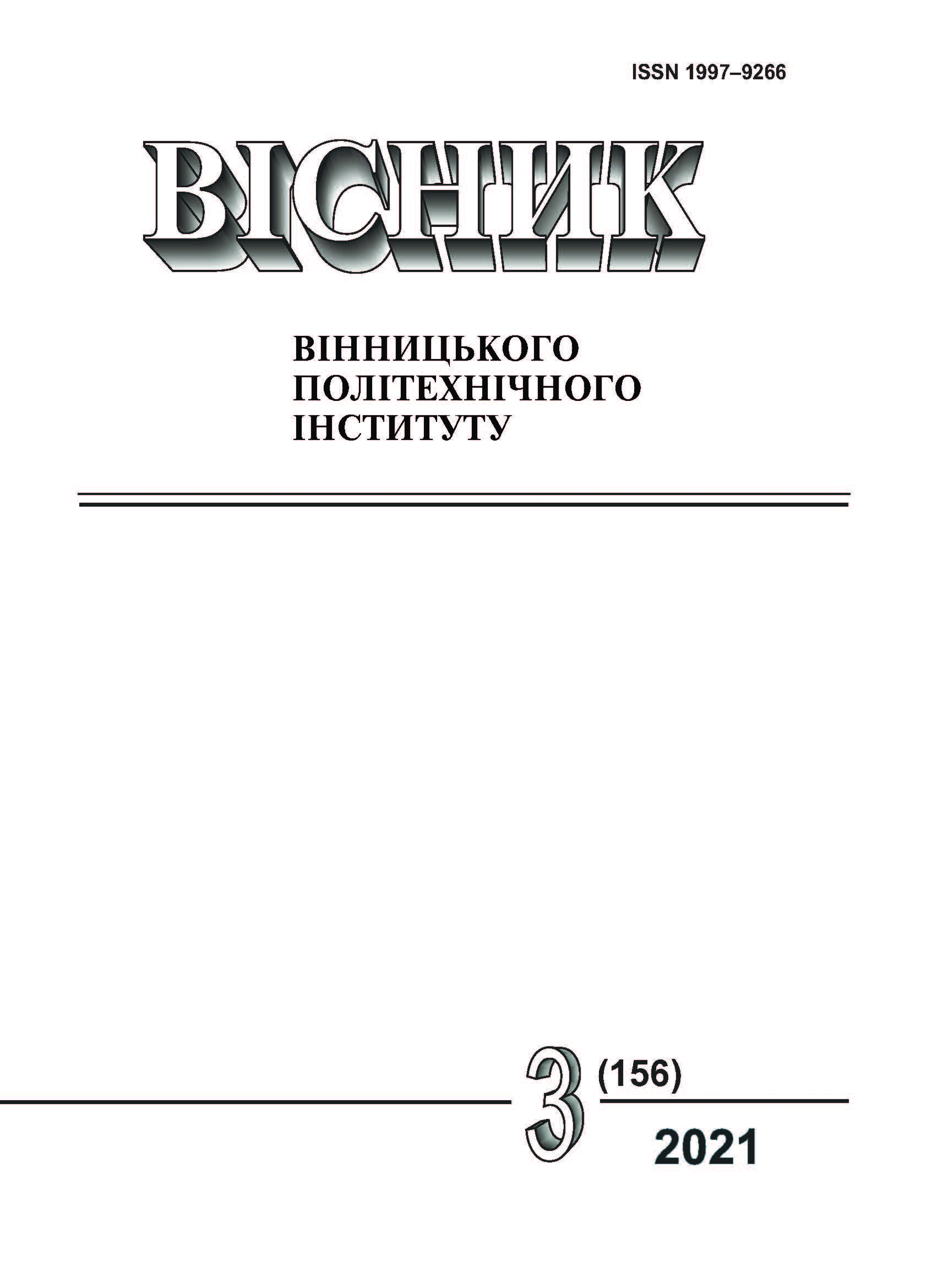Identification Sensor Nodes Normal Operation Using Allan Variation
DOI:
https://doi.org/10.31649/1997-9266-2021-156-3-78-83Keywords:
propane, Internet of Things, cyberphysical systems, Allan's variation, security, process disordersAbstract
In cyberphysical systems and the Internet of Things (IoT) the threat of failure of sensor nodes as well the threat of unauthorized interference during the transmission of measurement data exists. Thus, the need to develop and improve methods of monitoring sensor nodes is relevant given the large number of such nodes, energy constraints that limit traffic and computing resources of systems, as well as the need for full automation of work due to the economic inexpediency of their maintenance. It is proposed to use one of the statistical methods, namely the Allan variance or a more general concept of structural functions, to study stochastic processes in time sequences representing the implementation of random measurement results in such systems. The ability to calculate the statistical characteristics of nonstationary processes and to determine the spectral dependences of various kinds of noise at moderate computational costs is the advantage of that method.
The use of Allan dispersion to process model temperature and humidity data from Arduino-based sensors in the Internet of Things system is considered. The dependences of Allan deviation and its modifications as functions of various averaging interval are calculated. For the typical modes of operation of the considered sensors in the Internet of Things applications the dependences of the Allan deviation correspond to the type of noise "Random Walk FM". It is confirmed by calculations at different measurement intervals. The influence of different types of noise on these dependences is investigated. The minimum set of parameters that can with a limited data set characterize the normal measurement process, possible malfunctioning or natural and artificial interference to normal operation was chosen. The possibility of splitting the process of statistical processing between the sensor node and the controller of the Internet of Things is indicated, which will reduce the traffic and the appropriate energy consumption of the sensor node.
References
А. Ф. Романенко, и Г. А. Сергеев, Вопросы прикладного анализа случайных процессов. М.: Советское радио, 1968.
А. Н. Ширяев, Статистический последовательный анализ. Москва: Наука, 1976.
M. T. Khan, D. Serpanos and H. Shrobe, “ARMET: Behavior-Based Secure and Resilient Industrial Control Systems,” in Proceedings of the IEEE, vol. 106, no. 1, pp. 129-143, Jan. 2018, https://doi.org/10.1109/JPROC.2017.2725642.
G. E. P. Box, G. M. Jenkins, G. C. Reinsel, and G. M. Ljung, Time Series Analysis: Forecasting and Control, 5th Edition. Wiley. June 2015, 712 p.
Б. Яворський, і Ю. Лещишин, «Достовірність методу визначення розладки ритмокардіосигналу,» Вісник ТНТУ, т. 73, № 1, с. 252-258, 2014.
Т. Л. Щербак, «Моделі і задачі досліджень циклічного процесу електроспоживання,» Збірник наукових праць ІПМЕ НАН України. Київ, Україна, 2009, с. 49-56.
В. Д. Бровко, О. Є. Архипов, і О. М. Скубак, «Визначення моменту розладки інформаційного потоку» на ХІ Всеукраїнська науково-практична конф. Актуальні проблеми управління інформаційною безпекою держави. Київ, 15 травня 2020 р., с. 73-76.
И. Е. Антипов, и Т. А. Василенко, «Идентификация мобильных устройств по особенностям спектров их сигналов,» Радіотехніка, міжвід. наук-техн. зб, вип. 201, с. 91-97, 2020.
K. Draganová, V. Moucha, T. Volcko, and K. Semrád, “Non-Stationary Noise Analysis of Magnetic Sensors using Allan Variance,” Acta Physica Polonica, 131(4), pp. 1126-1128, 2017.
S. L. J. Gierkink, “Control Linearity and Jitter of Relaxation Oscillators.” PhD Thesis, 1999. Accessed: https: //research. utwente.nl/en/publications/control-linearity-and-jitter-of-relaxation-oscillators .
S. Bregni, “Twenty-Five Years of Applications of the Modified Allan Variance in Telecommunications,” in IEEE Trans. on Ultrasonics, Ferroelectrics, and Frequency Control, vol. 63, no. 4, pp. 520-530, 2016, https://doi.org/10.1109/TUFFC.2015.2495009.
В. Г. Крижановський, В. Ф. Комаров, С. П. Сергієнко, і В. В Крижановський, «Безпека сенсорів в кіберфізичних системах,» на Міжн. науково-техн. конф. "Вимірювальна та обчислювальна техніка в технологічних процесах" (ВОТТП-2021), Одеса, 2021, 3 с.
Т. Marusenkova, “Analysis of the influence of sample rates on the allan variance ,” Вісник Національного університету «Львівська політехніка». Інформаційні системи та мережі, вип. 5, с. 53-61. 2019.
ALAVAR Software, “ALANOISE : NOISE GENERATION FREEWARE.” [Electronic resource]. Available: http://www.alavar.org .
В. Я. Карташов, и М. А. Новосельцева, «Способ идентификации линейного объекта,» Патент РФ №2189622. 2002. Бюл. № 26.
Downloads
-
PDF (Українська)
Downloads: 203
Published
How to Cite
Issue
Section
License

This work is licensed under a Creative Commons Attribution 4.0 International License.
Authors who publish with this journal agree to the following terms:
- Authors retain copyright and grant the journal right of first publication.
- Authors are able to enter into separate, additional contractual arrangements for the non-exclusive distribution of the journal's published version of the work (e.g., post it to an institutional repository or publish it in a book), with an acknowledgment of its initial publication in this journal.
- Authors are permitted and encouraged to post their work online (e.g., in institutional repositories or on their website) prior to and during the submission process, as it can lead to productive exchanges, as well as earlier and greater citation of published work (See The Effect of Open Access).





